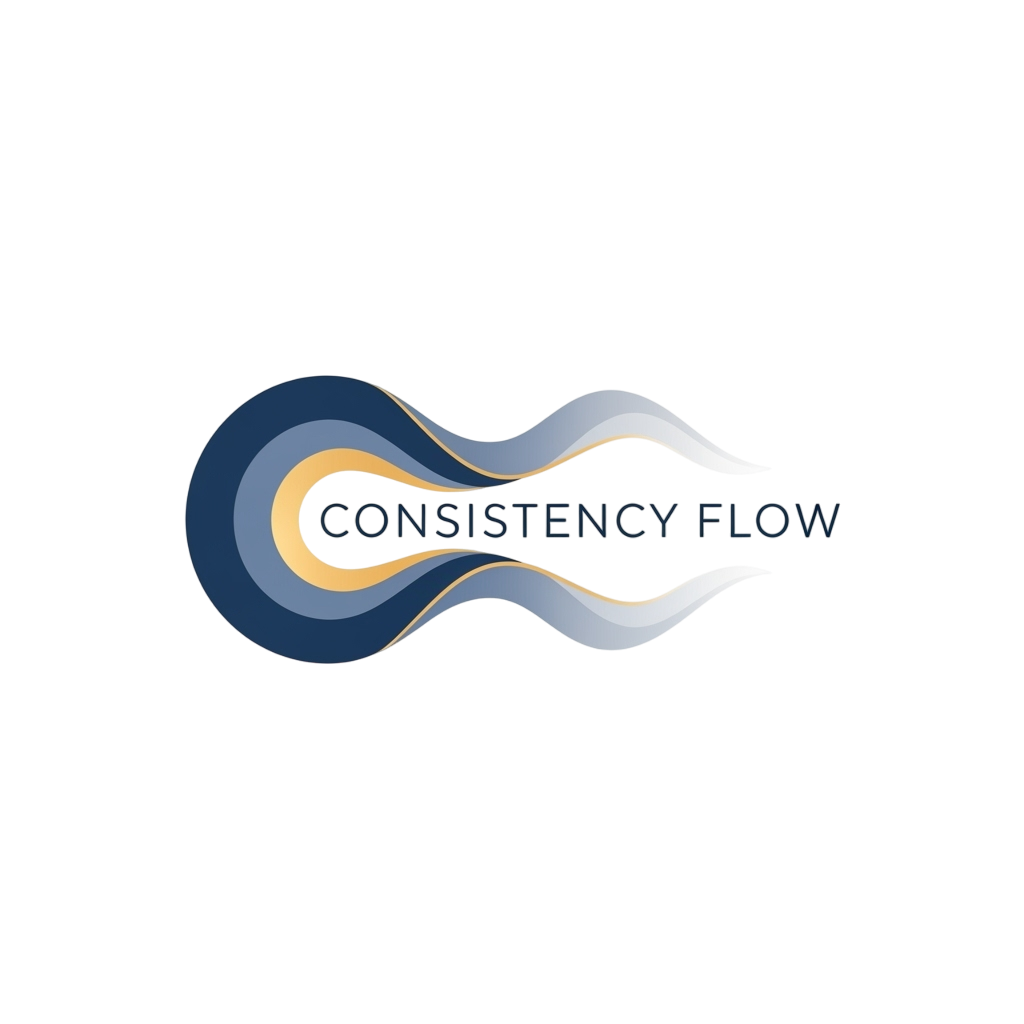What if the idea of "work-life balance" is a lie? A brilliant, perfectly-packaged lie that's secretly making you miserable. You’ve tried the planners, the apps, and the color-coded calendars, but still, a late-night client call or an early flight shatters the illusion. That’s because the very concept of a perfect 50/50 split is a setup for failure. I've seen firsthand how achieving a balanced life is more about sustainable work-life integration and less about a mythical equilibrium. For a leader looking to avoid burnout as an executive, the path isn’t about just managing time; it’s about rethinking your entire approach.
Organizations today are more aligned than ever on the importance of employee well-being. We talk about "work-life balance" as a KPI, a goal to be achieved. But what we often fail to grasp is that balance is an illusion. It's a binary, a scale that is always tipping one way or the other. From an executive’s perspective, when a new goal is set—whether it’s to delegate more, master a new skill, or finally get a handle on the chaos of life—the default response is to set an unreachable standard of perfect balance. But like my attempts at a perfect running routine, this binary thinking is a recipe for failure. The reality is, that’s when the friction of an unsustainable approach becomes undeniable.
The knight in shining armor that has come to the rescue for solving this puzzle is the buzzword “Work-Life Integration,” which, to me, has the following encapsulated:
- Convergence of goals and reality. Work and life aren’t two separate entities. They are a continuous customer journey, and you are the customer.
- Clearly differentiate and stack your priorities. There are times for high-intensity work and times for deep personal connection. The key is to design a system that allows you to transition between them seamlessly, not to force a perfect split.
- Journey design based on the lowest common denominator. The smallest action that's too easy to fail at. The small habit of checking in with your family before a big meeting, for example, can be more powerful than a week of vacation.
- Singular KPI: your consistency. Your performance metrics are not a result of a one-time heroic act but the compounding result of a simple, repeatable action that supports your whole life.
- Adoption of a ‘flow’ state where you don't have to think about the task; you simply act on the system, becoming a fungible resource for your own personal growth.
There are various frameworks and methods today that promise to help executives build a better life, but for any of this to be successful, what people need to realize is that “Balance is only an idea.” It'll help you get started but don’t take it as a silver bullet to solve your transformation problem. The foremost step in any personal journey is to align your people for a cultural shift in thinking. Looking into how most people who have managed to get a head start into this, it’s not a matter of trying harder; it’s a matter of thinking differently.
The real transformation began when I stopped aiming for a perfect balance and instead started a system that integrated my professional and personal lives. It was a simple, frictionless system that taught me how to set boundaries with my time, prioritize my family, and still show up as my best self at work.
It ended up transitioning my anxiety into an effortless state of thriving, where the act of living finally fit me and my life perfectly.
